全站搜索
Search the entire website
Search the entire website
Limestone is one very common stone for aggregates in quarry industry, and it’s also very important mineral in cement, GCC and some other industries.
Due to its medium-soft hardness, the limestone crushing plant are mainly constructed by jaw crusher, impact crusher, sand making machine and vibrating screen, etc. And the capacity of the limestone crushing plant are usually between 50-1500 tons per hour.
A limestone crushing plant takes large limestone rock. It breaks it into smaller sizes. People use these smaller pieces in many ways. You can find this rock in quarries. You can also find it in mines. The plant is like a big factory for rocks. It has different machines that work together. The main goal is to change big rocks into usable stone products. These products have specific sizes and shapes. You need these products for building roads. You need them for making concrete. You need them for other construction work. The plant makes the raw stone valuable. It is an important step. Without this plant, the rock is too big to use. The plant makes it ready for the market. It makes building materials possible. I see these plants everywhere. They are key to modern building.
This kind of plant is key in the mining and aggregate industries. Limestone is a common rock. It is used in huge amounts globally. A crushing plant processes this rock. It prepares it for different uses. You take the rock from the ground. It comes out in large pieces. These pieces are too big for most jobs. The plant breaks them down. It screens the crushed rock. It sorts it into different sizes. This process needs strong machines. These machines must work together smoothly. The output must meet market demands. You need specific sizes of crushed stone. You also need specific shapes. A good plant does this efficiently. It turns a raw material into a finished product. This is a core operation for many companies.
Here are very common limestone crushing plants for reference. They have been proven by practice in lots of quarries. And they have the advantages as follows:
Building a limestone crushing line needs several main machines. These machines work in a specific order. First, you need something to feed the rock. A Vibration Feeder is common. It sends the large rock into the first crusher. This first crusher is usually a Jaw Crusher. The jaw crusher breaks the very big rocks into smaller pieces. After the jaw crusher, the rock goes to the next stage. This might be a second crusher. It could also go to a screen. A screen sorts the rocks by size. A Vibrating Screen is standard here. It separates the rocks. Pieces that are small enough go to storage. Pieces that are too big go to the next crusher. This could be a Cone Crusher or an Impact Crusher. These crushers make the rock even smaller. They also shape the rock pieces.
The whole process uses conveyors. Conveyors are like moving belts. They carry the rock from one machine to the next. This flow must be smooth. It keeps the plant running. After the second crusher, the rock goes back to screens. You might use several screens. Each screen sorts for a different size. You can get many product sizes from one plant. You might need a sand washing machine if you make fine sand. A Sand Washing Machine cleans the sand. It removes clay and dust. Finally, the finished products go to storage piles. You use conveyors or other systems to move them there. The whole setup is a connected system. All parts must work well together. This makes the plant effective.
| Equipment Type | Job in Plant | Example Machine | Your Benefit |
|---|---|---|---|
| Feeder | Controls rock flow into crusher | Vibration Feeder | Stops crushing overload, keeps process steady |
| Primary Crusher | First step, breaks big rock | Jaw Crusher | Handles largest raw stone, starts reduction |
| Secondary Crusher | Further breaks rock, makes shapes | Cone or Impact Crusher | Creates specific aggregate sizes and shapes |
| Screen | Sorts crushed rock by size | Vibrating Screen | Produces ready-to-sell product sizes |
| Conveyor | Moves material between machines | Belt Conveyor | Keeps flow smooth, connects all steps |
Many kinds of crushers can break limestone. Each type works differently. They break rock in different ways. They make different shapes of rock pieces. The Jaw Crusher is very common for primary crushing. It uses a moving jaw to crush rock against a fixed jaw. It makes strong, blocky pieces. It is good for hard rock too, but works well for limestone. The Impact Crusher uses hammers or blow bars. These hit the rock at high speed. It makes cubical, well-shaped rock. This is good for aggregate used in concrete and asphalt. But impact crushers wear out faster with hard or abrasive rock. Limestone is not usually very hard, so impact crushers often work well as secondary crushers.
The Cone Crusher is another common choice. It uses a cone that spins inside a chamber. It crushes rock by squeezing it. Cone crushers make good shapes too. They handle harder rocks better than impact crushers. They are often used for secondary or tertiary crushing. For making fine sand, you might use a VSI crusher. A VSI Sand Making Machine throws rock at high speed. The rock hits other rock or a metal wall. This breaks it. It makes fine, cubical sand. Hammer Crushers and Roll Crushers are also sometimes used for limestone. Hammer crushers hit the rock with hammers. Roll crushers squeeze rock between rollers. They can be used for different stages. You can also get mobile crushers. These are crushers put on wheels or tracks. A Mobile Jaw Crusher or Tracked Impact Crusher can move around. This is helpful for sites that change.
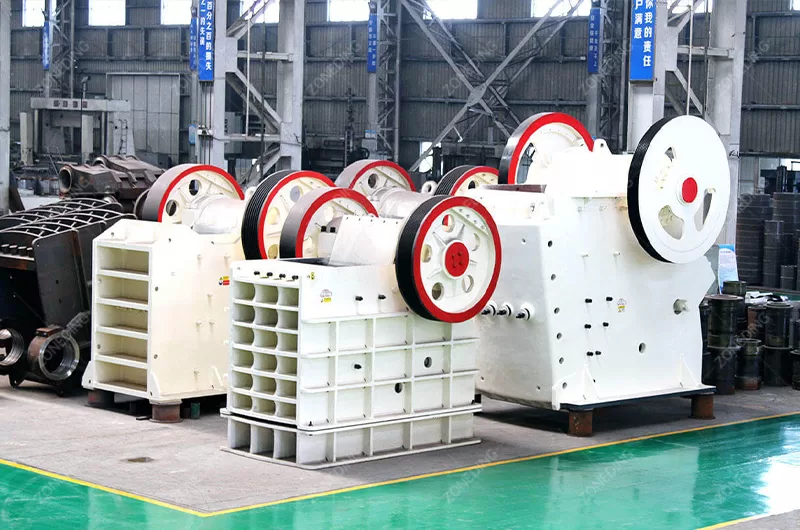
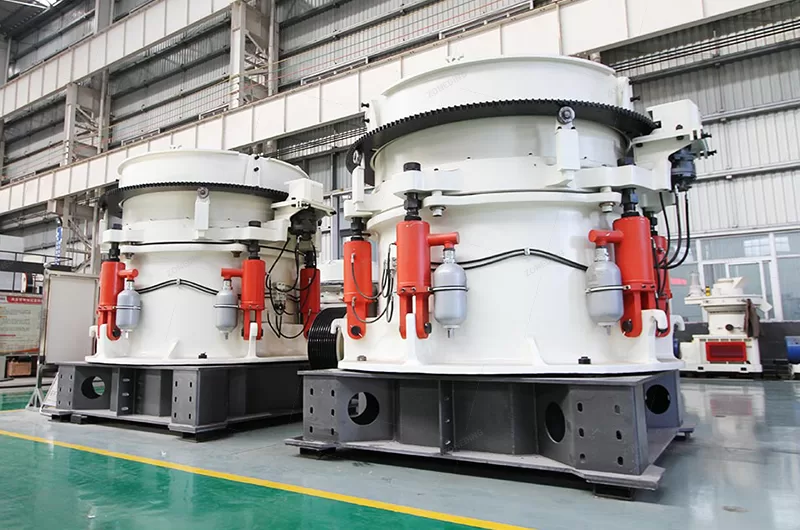
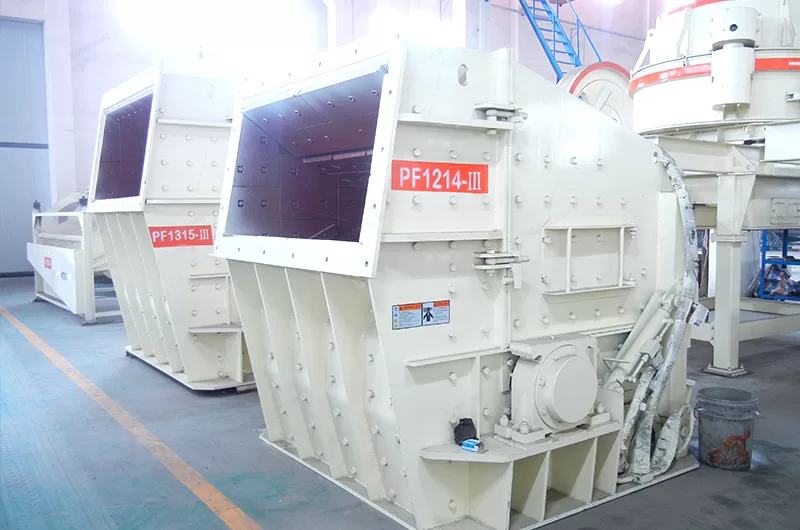
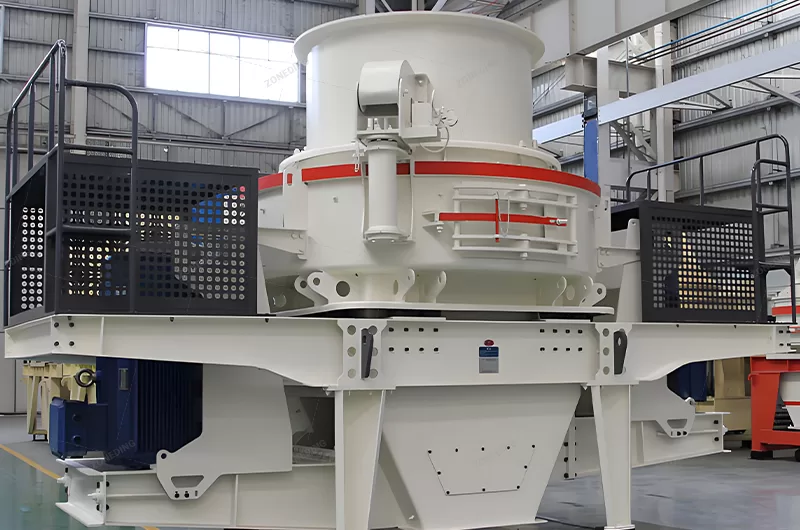
Choosing the right crushers is very important. It affects how well your plant works. You must look at your rock. How big is the rock when it comes out of the ground? This is your input size. How much rock do you need to crush each hour or day? This is your required output or capacity. What size and shape should the final crushed stone be? These are your product requirements. You also need to know about the rock itself. Is it hard or soft limestone? Does it have silica or clay in it? This is the material variability. Understanding your rock is one of the most critical steps. I have seen many projects fail because they didn’t test the rock properly. A good supplier will ask you for rock samples. They will test the rock in their lab. This test tells them its hardness. It tells them if it is abrasive. It helps them pick the right crusher type. It helps them set up the machines correctly.
If you have large input rock, you need a big primary crusher. A Jaw Crusher is often best for this. If you need a lot of fine material or sand, you need crushers that can make small sizes. This might be a Cone Crusher or a VSI crusher. If the final product shape is very important (like for concrete aggregate), an Impact Crusher might be needed as a secondary or tertiary crusher. But remember the wear parts cost with impactors. If your limestone is sticky or wet (contains clay), some crushers can get blocked. You might need special feeders or screens first. Or you might need a jaw crusher that handles sticky material better. My experience shows that ignoring the material’s true nature leads to many problems later. Always test your stone carefully. This step saves you trouble and money.
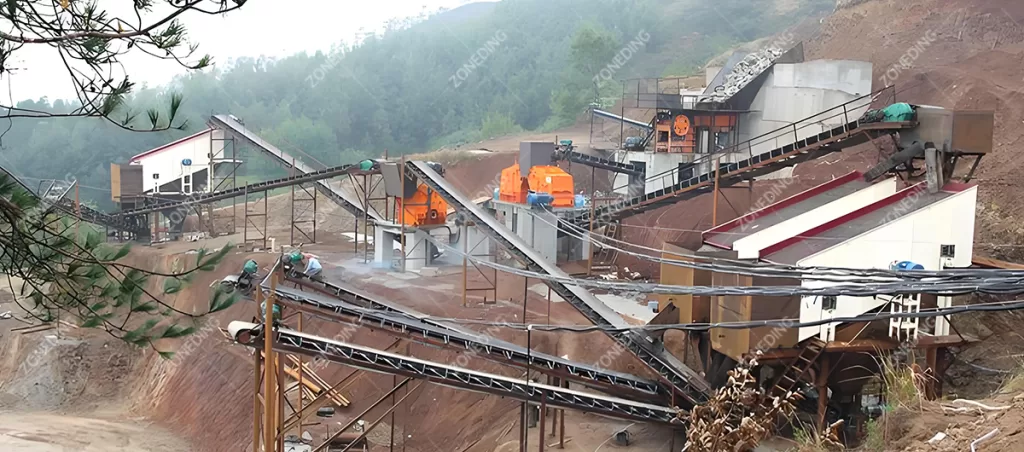
People often think the main cost is just buying the machines. This is only part of the story. The initial machine purchase cost is the CAPEX (Capital Expenditure). But there are many other costs. You need to prepare the ground. You need to build concrete foundations. Strong foundations are very important. A poorly built foundation can cause machines to break faster. This increases long-term costs. Investing enough in foundations is key for decades of running. You need steel structures to hold screens and conveyors. You need to install electricity. This requires cables, control panels, and motors. You need water for dust control. You need buildings for control rooms and workshops. These are all part of the initial setup cost.
But the cost of running the plant over time is often much higher than the initial purchase. This is the OPEX (Operating Expenditure). OPEX includes many things. Electricity is a big cost. Crushing rock takes a lot of power. The machines use big motors. Wear parts are another huge cost. Crusher parts that touch the rock wear out. Jaws, concaves, mantles, blow bars – these wear out. Limestone is not the hardest rock, but you crush huge amounts of it. So these parts still wear. And they need changing. Changing them costs money for the parts. It also costs money because the plant stops running. This is downtime. Lost production time is lost money. Other OPEX costs are labor, fuel for mobile machines, maintenance, lubrication, and permits. When you compare suppliers, don’t just look at the machine price. Ask about wear part life. Ask about wear part cost. Ask about how easy it is to change wear parts. A lower priced machine might have much higher running costs over ten years. The total cost of ownership is what really matters.
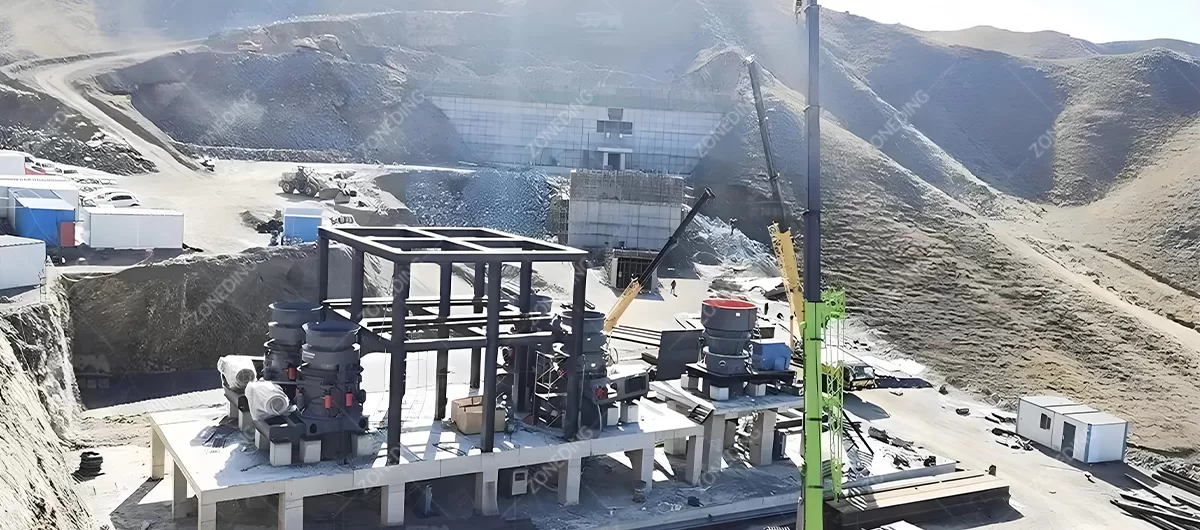
Planning the space for your crushing plant is important. A good layout saves space. It also helps the plant work better. It makes it easier to maintain the machines. The layout depends on the land you have. Is the land flat or on a slope? Slope can help material move using gravity. But it also makes building harder. The layout must follow the process flow. Raw rock comes in at one end. Finished products go out at the other end. You need space for the feeder. You need space for the primary crusher. Then space for conveyors, screens, and other crushers. Each machine needs enough room around it. Workers need space to walk. They need space to do maintenance safely. You need space to bring in new wear parts. You need space to take old parts away.
You also need space for stockpiles. Stockpiles are where you store the finished crushed stone. You need a separate pile for each product size. These piles take up a lot of space. You might need wash ponds if you use water for washing or dust control. You need roads for trucks to bring raw rock and take away finished products. The layout should keep trucks from crossing paths if possible. This makes things safer and faster. Dust is a big issue with crushing. The layout should consider wind direction. You want dust to blow away from nearby homes or sensitive areas. Putting dusty machines together can help with dust control systems. A good layout improves safety. It improves efficiency. It makes the plant easy to manage. I always tell clients to spend time planning the layout. It makes a big difference in how the plant runs day-to-day.
Running a limestone crushing plant has challenges. Dust is a common problem. Crushing rock makes a lot of fine dust. This dust is bad for workers’ health. It is bad for the environment. It can also damage machines. Dust control is important. You can use water sprays. Sprays add water to the rock at key points. This keeps dust down. You can also use dust collectors. These are like big vacuum cleaners. They suck up dust from crushing points. Enclosing dusty areas helps too. Another challenge is wear parts. Crusher parts wear out over time. This is normal. But some rocks cause faster wear. If your limestone has hard silica bits, wear is faster. Understanding wear parts cost and life is part of the real operating cost.
Blocking is another issue. Wet or sticky limestone can stick together. It can block feeders, crushers, or screens. Material testing helps predict this. You might need to change the plant setup. Maybe add a screen to remove sticky fines early. Maybe use different settings on crushers. Sometimes the product shape is not right. The rock pieces are too flat or long. This happens if the crusher settings are wrong. Or if the wrong crusher type is used. You need to adjust the crusher gap. Or maybe change to a crusher that gives better shape, like an impact crusher or VSI. Noise is also a problem. Crushing machines are loud. You need to follow noise rules. This might mean building walls or using special sound covers on machines. Fixing these problems requires knowing your machines. It requires knowing your rock. It also needs good maintenance.
Keeping your equipment running is called maintenance. Good maintenance makes your machines last longer. It reduces breakdowns. It lowers your operating costs over time. You need a clear plan for maintenance. This plan should include daily checks. Workers should look at the machines every day. They check for loose bolts, leaks, or strange noises. Lubrication is very important. Machines have many moving parts. These parts need grease or oil. Follow the machine maker’s guide for lubrication. Do it on time. Poor lubrication is a common reason machines fail early.
You also need planned maintenance. This is when you stop the plant for a short time. You do bigger checks and repairs. You check wear parts. You change them before they fail completely. This is better than waiting for a part to break. A broken part can damage other parts. It causes unplanned downtime. Unplanned stops cost more money. They take longer to fix. Keep records of maintenance. Note when you did checks. Note when you changed parts. This helps you know when to do the next maintenance. Having spare parts on hand is vital. Don’t wait until a part breaks to order a new one. For key parts, keep them in your storage. The foundation under your machines also needs checking. A strong, stable foundation is key to equipment lifespan. Vibration can cause problems over time. Check foundation bolts. Make sure the structure is sound. Good maintenance reduces your total costs. It keeps your plant producing rock consistently. It protects your investment.
Choosing the right supplier is a big decision. You are buying important machines. You need a company you can trust. Price is important, but it is not the only thing. Look at the supplier’s experience. How long have they made crushing equipment? Do they have experience with limestone? Do they understand your specific needs? A good supplier will ask many questions about your project. They will ask about your rock. They will ask about your site. They will ask about the products you want to make. A supplier who does material testing shows they are serious about helping you choose correctly. This is a very important service.
Look at the quality of their machines. Are they built strong? Do they use good materials? Ask about the main parts, like bearings and motors. Ask about the steel quality. A machine that is built well will last longer. It will have fewer problems. Ask about their service after you buy the machines. Do they help with installation? Do they train your workers? Do they have spare parts available? Are spare parts easy to get? What is the cost of wear parts? This goes back to the real cost of ownership. A good supplier has parts ready or can make them quickly. They should also offer technical support. If you have a problem, can you call them? Can they help you fix it? Look for a supplier who offers solutions, not just machines. They should help you design the whole plant. They should think about efficiency and how you can make money. ZONEDING MACHINE is a manufacturer. We sell direct. This means we can often offer better prices. We make many types of machines. We can offer complete production lines. We have engineers who design plants. We export to many countries. We focus on giving full service. This includes design, making machines, installing, training, and service after sale. This full-service approach is key.
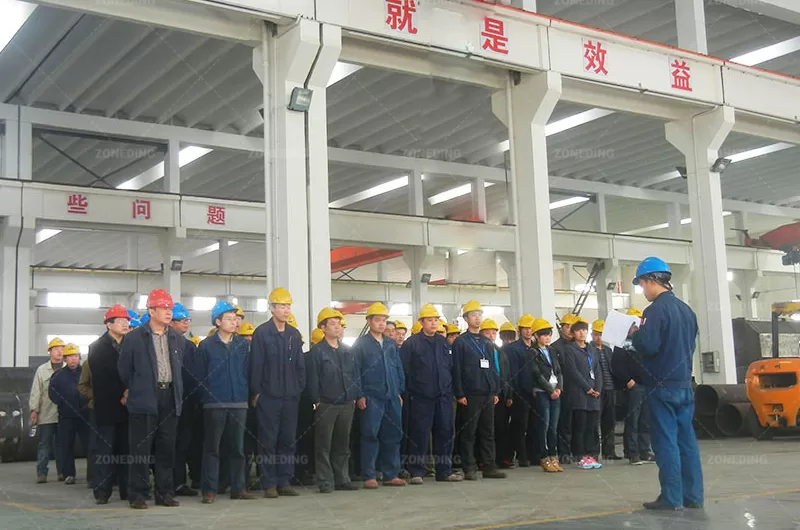
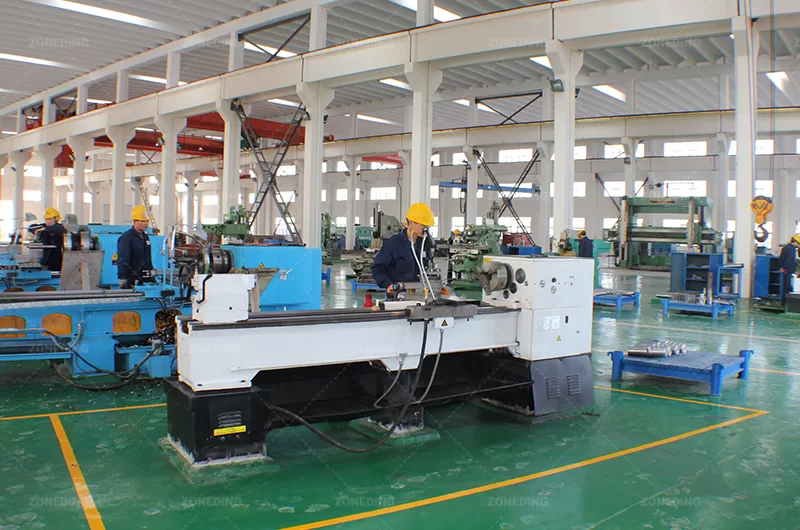
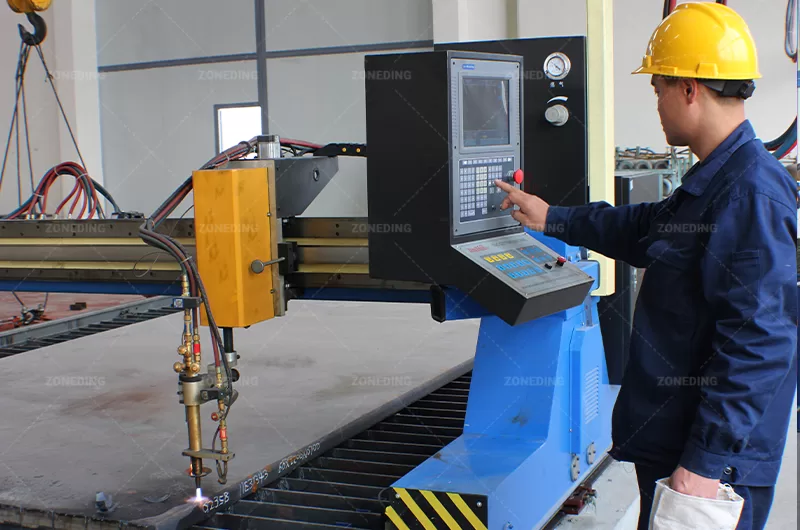
The world of crushing equipment is always changing. New technologies are coming. One big trend is mobile crushing plants. People want to move the crusher closer to the rock source. Mobile crushing plants are crushers put on wheels or tracks. A Mobile Jaw Crusher can crush big rock right in the quarry. A Tracked Cone Crusher can move around a large site. These plants save money on hauling raw rock. They can also be moved to different sites easily. This is great for short-term projects or sites that change. They also offer flexibility. You can connect different mobile units together. You can change the setup fast if your needs change. This is different from a big fixed plant.
Another trend is making fine sand from crushing. Limestone crushing makes a lot of fine material. This fine material was sometimes waste. But now people use VSI crushers and other equipment to make this fine material into high-quality sand. This manufactured sand is needed for building. It adds value to the crushing process. Companies are also focusing on environmental rules. New plants have better ways to control dust and noise. Water usage is managed more carefully. Energy efficiency is also a focus. Machines are designed to use less power. Automation is increasing. Plants can run themselves more. Sensors watch everything. Computers make small changes to keep things running perfectly. These new technologies make plants more flexible. They make them cleaner. They make them run smarter. This helps meet modern needs.
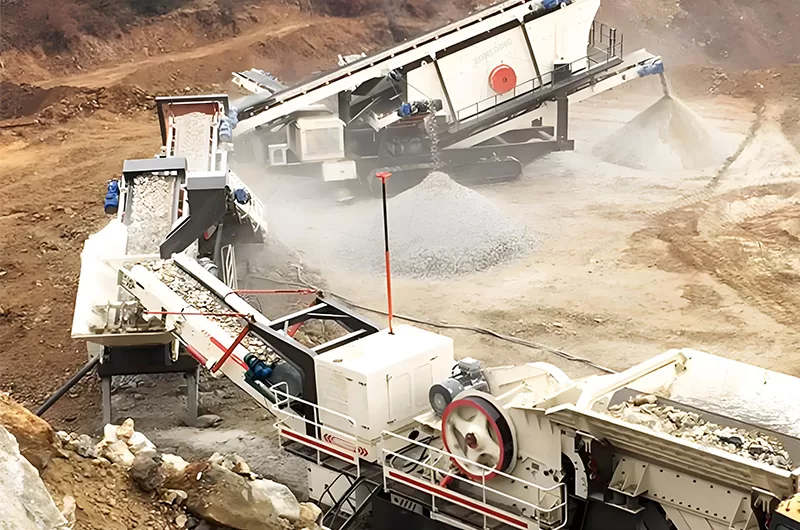
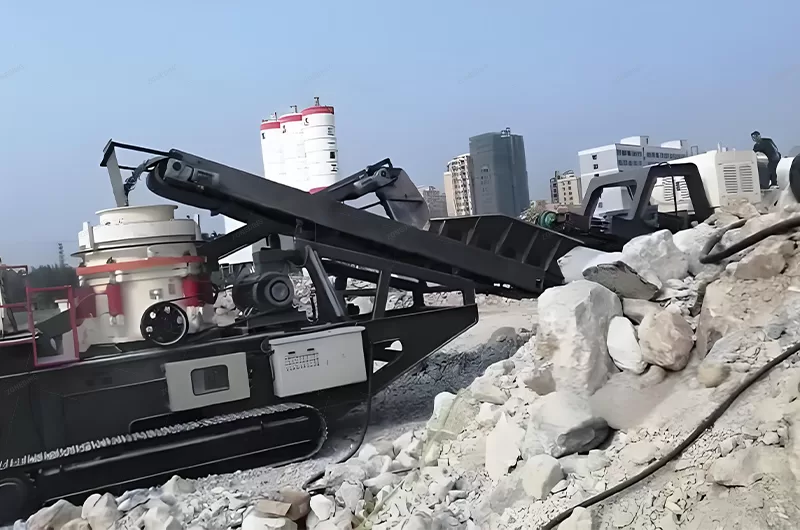
Q 1: How often do I change crusher wear parts?
A:You change wear parts based on how much rock you crush. It depends on the limestone. Softer, cleaner limestone wears parts less. Harder, abrasive limestone wears parts faster. Check them often. Change them when they reach their wear limit. Don’t wait until they break. A good supplier gives you estimates based on their tests.
Q 2: Can I use one crusher type for all stages?
A:Usually, no. Different stages need different crushing actions. A Jaw Crusher is for big rock. It makes it smaller. A Cone Crusher or Impact Crusher takes that smaller rock and makes it even smaller, shaping it. Using the wrong crusher type reduces efficiency and can damage the machine.
Q 3: How much space is needed for a limestone crushing plant?
It depends on the size of the plant. A plant crushing 200 tons per hour needs less space than one crushing 1000 tons per hour. The layout also matters. Using taller structures saves ground space. Stockpiles need a lot of space. You also need space for roads and maintenance. Plan the layout carefully based on your specific site and capacity.
Q4: Is a mobile plant better than a fixed plant?
It depends on your project. A fixed plant is often better for large, long-term quarries. It can handle very high capacity. It can be built very strong. A mobile plant is good for sites that move. It is good for short projects. It is good for crushing rock close to where it will be used. It gives flexibility. Neither is always “better”. They are for different needs.
Q 5: How do I control dust from crushing?
Use water sprays at crushing points and screens. Enclose dusty machines. Use dust collection systems with fans and filters. Good plant design can help limit dust spread by wind.